Suppose you’ve been in business for quite some time now. In that case, you are probably all too familiar with how crucial the role of cloud servers is – they store essential data and documents, keep tools and software available for employees to use, and more.
However, physical servers are pretty expensive and a handful to manage regardless of how crucial they are.
Because of the disadvantages that come with the use of traditional physical servers, more and more business owners are looking into transitioning into the best cloud hosting services.
 Photo by Bethany Drouin from Pixabay
Photo by Bethany Drouin from Pixabay
That said, here are the four most important things you should be aware of.
1. What are cloud-based servers?
Without going too much into its technical aspect, cloud servers are similar to physical servers in terms of functionality. However, cloud servers are different because they rely on internet connectivity instead of an existing infrastructure that takes up space and is susceptible to damage.
Business owners consider cloud servers a better alternative and even put them as part of their essential checklist because they have more than a few advantages. Examples of these advantages include having a high data security level, being very configurable, reducing infrastructure cost, and mobility.
2. What is the competitive edge of cloud servers?
Apart from mirroring the functionalities of a physical server, albeit better, cloud servers generally have automatic backups on your data so that if there is data loss, recovery is fast and easy, unlike with physical servers where data recovery is quite a process – sometimes it’s not even possible at all!
Furthermore, a cloud server is less of a handful to maintain than its traditional counterpart because it doesn’t have any physical component that users have to take care of constantly.
3. Have cloud servers stood the test of time?
It’s straightforward to think that cloud servers might be a technological fad because they recently gained traction.
In reality, the concept of the cloud server can be traced back to the 50’s, wherein it started as a process called time-sharing that allowed multiple users to access computing mainframes simultaneously.
As time went on, the idea of the “cloud” developed and became more and more elaborate in favour of creating a seamless experience for its user.
4. What do you need to switch to cloud servers?
To transition your business from physical to cloud-based servers, you only have to do a few physical preparations on your part. You need to get in touch with the cloud service provider and pay for the service itself or any resources that you might find helpful.
Afterwards, the service provider will take care of the migration for you and provide you with information on how you can access it using your PC, laptop, or mobile device.
If you’re looking for a service provider that will help you switch to cloud hosting, we at CLDY can help! As a multi-cloud hosting company in Singapore, we provide a variety of services, from business web hosting to email hosting services.
Moreover, our services pose no risks and will help you get the best of everything. With our selection of efficient hosting plans, you can definitely find one that works for you.










